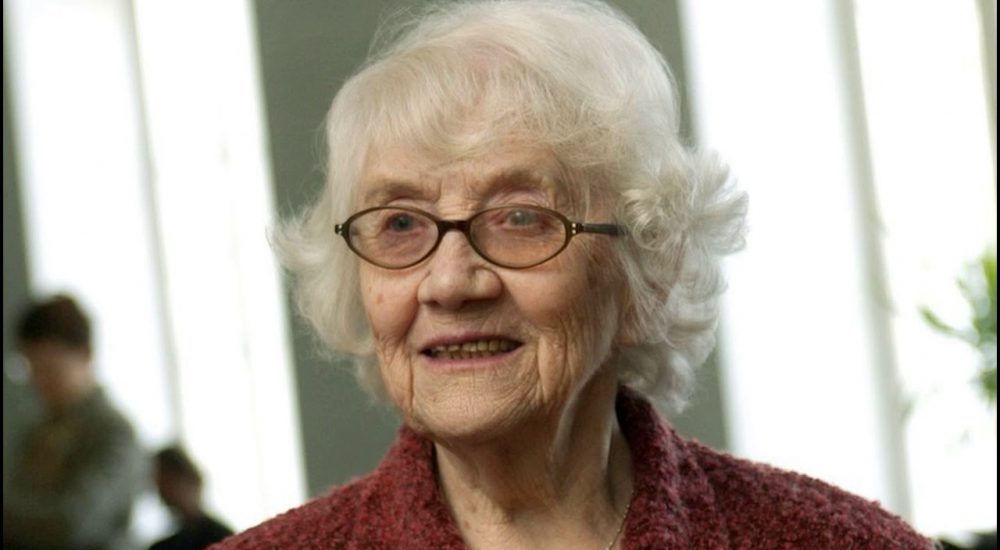
Ester Mägi (1922–2021) graduated from the Tallinn Conservatory in 1951 as a student of Mart Saar and a postgraduate student from the Moscow Conservatory under the guidance of Vissarion Shebalin. Thereafter, she worked for many years as a teacher of music theory at the Tallinn Conservatory. She has written large-scale works (symphony, piano concerto, the cantata Kalevipoeg’s Journey to Finland, Bucolic, Variations for piano, clarinet and chamber orchestra, etc.), but the majority of her output has been various chamber works. She is also a well-known choral composer and composer of colourful piano works. Ester Mägi’s sound grew out of Estonian folk tunes and there is certainly a great influence from her teacher, Mart Saar. In the past, Mägi had also collected folk tunes herself. Rarely using an entire tune, she gained an initial inspiration from the folk music, freely developing the music further, so that it runs like an improvisation or fantasy, and is often intertwined with whoops and tenderness of old folk songs. While Veljo Tormis, the best-known user of Estonian folk tunes, has mostly used the magical, spellbinding nature of these archaic forms, Mägi has opened their lyrical side. Here, her music is a peaceful narrative, which remains restrained in the most tragic, rooted folkloric world.



